Dual Language immersion at St. Peter's school
Beginning with the 2024 Kindergarten class
St. Peter's Catholic School has announced its plan to be the first in the Archdiocese of San Francisco to introduce a Dual Language Immersion program for the incoming kindergarten class of 2024. Partnered with the expertise of the Boston College Twin Network, we have developed a program suitable for our school.
What is Dual Language Immersion?
Dual Language Immersion (DLI) programs teach academic content in two languages, allowing students to progress academically in both languages. In addition to learning two languages, students gain an appreciation for another culture, which is a vital skill in our increasingly diverse world. Our program will focus on English and Spanish Languages.
What does a Dual Language Immersion Program look like?
There are different models on how a DLI program can look like. St. Peter's will use a 50/50 model, meaning 50% of the day is taught in English, and 50% will be taught in Spanish.
Below is an example of what a 50/50 model can look like:
In Kindergarten (example):
Taught in ENGLISH: English Language Arts, Social Studies, Math
Taught in SPANISH: Science, Religion, Art
in 2nd Grade (example):
Taught in ENGLISH: English Language Arts, Science, Religion
Taught in SPANISH: Math, Social Studies, Art
-
Applications Due: January 10th, 2024 (Call if planning to apply after this date)
Entrance Exam/Parent Interviews: January 17th, 18th and 23rd (Call to schedule)
Financial Aid application window: Mid-January - March 31st
Admissions Letters sent out: March 1st
Dual Language Education Model
HIGH ACADEMIC ACHIEVEMENT
Research shows that students enrolled in a Dual Language Immersion Program outperform students in a monolingual program. The two graphs below (from Tesol Quarterly: Obscuring Equity in Dual Language Bilingual Education: A Longitudinal Study of Emergent Bilingual Achievement, Course Placements, and Grades, Trish Morita-Mullaney, Jennifer Renn, and Ming Ming Chiu) show that students enrolled in a DLI program outperform students in a traditional program in English Language Arts and Mathematics.
English Language Arts Test Scores of Traditional & DLI Students in Grades 3-6
Mathematics Test Scores of Traditional & DLI Students in Grades 3-6
Bilingualism and biliteracy
Dual Language Immersion (DLI) programs are a proven way to help students become bilingual and bi-literate. By teaching academic content in both languages, students can academically progress while developing strong language skills in reading, writing, speaking, and listening.
Sociocultural Competence
In addition to the high achievement and bilingual benefits, Dual Language Immersion programs offer a unique opportunity for students to gain a deeper understanding and appreciation for other cultures. By learning a second language and studying the culture and traditions of the language's native speakers, students develop a broader perspective and become more culturally aware. Multiculturalism is a valuable skill in our increasingly diverse world and can help students develop empathy and understanding for people from different backgrounds.
Research and Resources
Below find some of the resources and research we have been utilizing to develop the program.
Frequently Asked Questions
-
A Dual Language Immersion Program consists of a curriculum taught in two languages, with the goal of students being bilingual and biliterate, while maintaining high academic achievement in all subjects. In addition to learning two languages, students gain an appreciation for another culture, which is a vital skill in our increasingly diverse world.
Our program will focus on English and Spanish Languages, where 50% of the day is taught in Spanish and the other 50% is in English–a 50/50 model.
-
While conversational Spanish is part of being biliterate, the DLI program would also strengthen academic language, reading, and writing in both languages. Not only that, by learning a second language and studying the culture and traditions of the language's native speakers, students develop a broader perspective and become more culturally aware. Multiculturalism is a valuable skill in our increasingly diverse world and can help students develop empathy and understanding for people from different backgrounds.
The DLI program functions as an asset-based model that celebrates your child’s (Spanish) home language and empowers them to learn another language simultaneously. -
According to studies on children's brain development, children who learn multiple languages at a young age are more likely to grasp unfamiliar languages since their brains are still developing and maturing. Moreover, trained teachers with bilingual certification use strategies such as visual cues, TPR (total physical response), and translanguaging skills (making connections between languages) to help young minds speak, read, and write each language accordingly.
Build a stronger academic language in Spanish and leverage that to learn a new target language.
The home language that students come to school with will create a strong foundation for retaining a new language. These skills that students have from their home will be used as a bridge to developing a new language.
-
One of the most significant ways you can support your child's growth in the classroom is to read to your child every night. Having conversations with your child will build their vocabulary and develop their language skills. Doing both of these activities in your home language will create a strong foundation for gaining a second language.
-
Fluency in both languages is different with every student. Teachers will hold parent-teacher conferences twice during the school year to discuss your child's progression in the program. However, research shows that students can become fluent in about 4 to 5 years.
-
Speak to your child in the language you feel most comfortable in and read in that language. Research from the National Literacy Panel and the Center for Research, Education, Diversity and Excellence suggest that students learn their second language best when they have strong literacy skills in their native language. That means that by helping them with their Spanish, you are indeed helping them with their English and vice versa!













